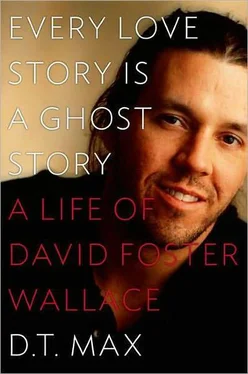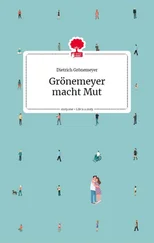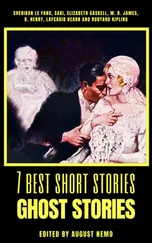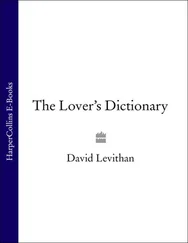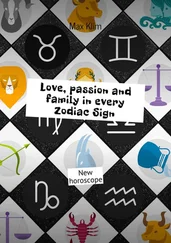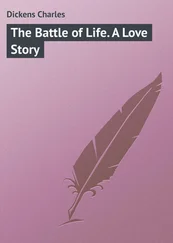In December, when a small studio opened in a row of bungalows on East Adams Street where several of the other writing students lived, Wallace moved. He brought his books and towels to the “casita.” The rent was cheap and Walden’s new puppy, Jonson, could spend the night with them there. (The North Cherry Avenue apartment building had prohibited pets.) The bungalow had only a swamp cooler, and Wallace, who sweated heavily even when he wasn’t in the grip of anxiety, took to wearing his tennis bandana off the court. As the months passed at Arizona, he let his hair grow; the bandana became useful to hold it back. The look felt right — part of his rejection of midwestern conformity, a light shock to the bourgeoisie that also kept the sweat off his face — and he began trying out various headscarves to see others’ reaction. Sometimes he borrowed Walden’s. One day he poached a turquoise sash from Heather Aronson and wore it around his head. Her sister Jaci, who also lived in town, told him he looked like a member of Kajagoogoo.
Wallace thought he was doing new and stimulating work at Arizona. The Broom of the System belonged to his creative past, but he understood the importance of getting it into print. He did not want to wait any longer to make his mark. He asked around for a teacher who would be willing to read it and make some suggestions for how to improve it, but no one offered. The prospect of spending time on a large undergraduate project of postmodernist tendencies did not appeal to the faculty. So, soon after arriving, Wallace asked Boswell to help. Boswell, who had been a star student in the program, made suggestions for the novel and also told Wallace he should get an agent. He suggested his friend send fifteen pages of the work to fifteen different literary agencies and see who responded first. A little more than a month after getting to Tucson, Wallace had a draft of the novel ready to submit. His cover note was coy:
I’ve been advised by people who seem to be in a position to know that The Broom of the System is not only entertaining and salable but genuinely good, especially for its being the first major project of a very young writer (though no younger than some — Ellis, Leavitt — whose fiction has done well partly because of readers’ understandable interest in new, young writing).
He enclosed a chapter from the middle of the book, explaining that to send the beginning would only confuse the reader, “since the novel itself isn’t really constructed in an entirely linear, diachronic way.” Perhaps he had also learned from his experience with Penner that certain chapters might not prepare readers for the medley of parody, philosophy, and Wittgensteinian teases that followed. One of the agencies the package went to was Frederick Hill Associates in San Francisco, where Bonnie Nadell, a new associate who had worked in the subsidiary rights department at Simon & Schuster when Less Than Zero was published, opened it. Nadell liked the cocky tone of the letter and was impressed by the term “diachronic,” which she did not know. She read the chapter and responded to its energetic comic voice. It reminded her of Pynchon, whom she had studied in college. Nadell asked for more pages. Wallace sent her the balance, and soon afterward she took the novel on. When the two first spoke by phone, Wallace called her “Ms. Nadell,” until he found out she was only a year older than he. He had so little cash he asked her to make a copy of the manuscript for him. “I defy you to picture a boy living on Ritz crackers and grape Kool-Aid…and be unmoved.” Nadell had no money either and instead got a friend at a publisher to photocopy it.
There was already a well-known nature writer named David Rains Wallace, so Fred Hill, Nadell’s boss, who had once worked for Sierra Club Books, suggested he use his full name. Wallace was to claim in later years that the change in his byline to David Foster Wallace had been against his will—“I would have called myself Seymour Butts if he’d told me to,” he wrote to Don DeLillo nearly two decades later — but Nadell remembers Wallace as happy with his new triple-barreled moniker. He had been experimenting with various names since he was a little boy and the homage to his literary mother was fitting.
After Thanksgiving, Nadell sent the novel out to a group of editors, including one at Viking Penguin, Gerry Howard, who responded at once. Howard had an affection for postmodernism and nostalgia for the literary culture it came out of. He loved words and word games and writing that exposed the artificiality of narrative. He was steeped in the works of Pynchon and had edited an anthology of prose from the 1960s as well. But he also thought Broom was different, that it used postmodernism in new ways. He remembers reading the manuscript and thinking he was reading something truly new, “a portent for the future of American fiction,” as he remembered it: “It wasn’t just a style but a feeling he was expressing, one of playful exuberance…tinged with a self-conscious self-consciousness.” For him — and for many others who would read the book — Wallace held the hope of an alternative to minimalism and to Ellis-type fiction, a way out of the etiolated mind-set of the moment. There was optimism in Broom ’s despair, elation in its loneliness. Words tumbling over words might, it suggested, overwhelm the depressing anomie of American life. Howard offered a $20,000 advance to Nadell, quite large under the circumstances, as a minimum bid in return for the right to top any other publisher’s subsequent offer. As it turned out, no one else bid on the book. Howard decided he would publish the book primarily as a paperback original. 15This strategy had worked for Bright Lights, Big City , the publication of which was the industry’s model for how to reach younger fiction readers.
Wallace was thrilled. Finding a publisher had happened so fast it seemed unreal. He waited two hours on Walden’s stoop to tell her the news. Soon he flew to New York, where Nadell had found him an apartment to borrow on the Upper West Side. He met Howard and, separately, Nadell, who had grown up in the city. At the Hungarian Pastry Shop near Columbia University, they hung out with some of her college friends. They talked about favorite authors, including Pynchon, but they worried, one of her friends remembers, that the discussion was making Wallace uncomfortable so they changed the subject. The same friend said that his favorite word was “moist” and that it gave him particular pleasure to hear it used in conjunction with “loincloth.” (The phrase would turn up in a later story of Wallace’s out of the mouth of Jeopardy! host Alex Trebek.)
At the Viking Penguin offices on 23rd Street, Wallace, wearing a U2 T-shirt, sat down with his editor, who was amazed at how young he looked. Howard worried that Wallace would trip over the untied laces of his huge sneakers and found it funny that his new author insisted on calling him — he was only in his mid-thirties—“Mr. Howard.” He wondered at his diffidence and what seemed to him his tenuous connection to the larger world, thinking of the twenty-three-year-old Wallace, he would later tell an interviewer, “as a newly-hatched chick.”
Wallace went home intoxicated with excitement, so much so that he was carried away, reporting back to Costello that Howard had been the editor for Gravity’s Rainbow (not quite true, though Howard had gotten Pynchon to write an introduction to a reissue of Pynchon’s friend Richard Fariña’s novel). Once back in Urbana, he joined Walden in Chicago to see Fool for Love , the movie version of Sam Shephard’s play about battling lovers, and ate at a restaurant called Printers Row. Wallace, the ambitious part of his psyche coming to the fore, asked Washington to plant the good news with their class agent for the Amherst newsletter, “not, of course, letting her know that I requested or even endorsed your doing so.”
Читать дальше
